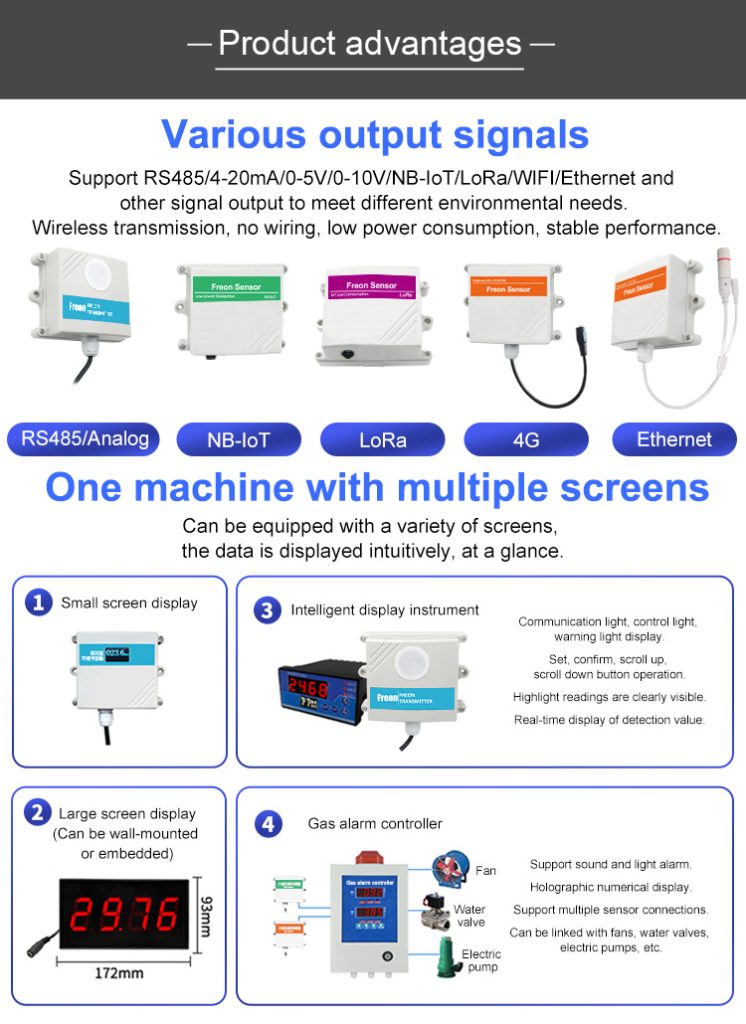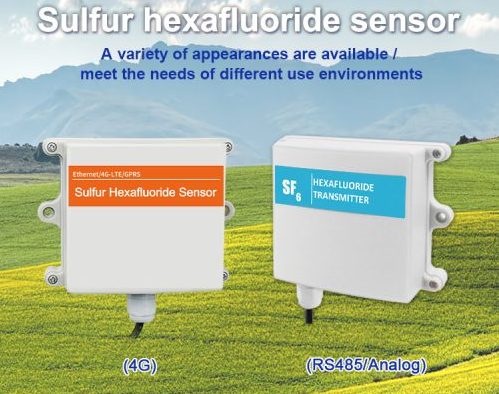Introduction:
Sulfur hexafluoride (SF6) is a widely used insulating gas in electrical power systems due to its excellent electrical insulation properties and high dielectric strength. However, SF6 is also a potent greenhouse gas with a high global warming potential, making its monitoring and management crucial for environmental protection. In this article, we will explore the application of SF6 gas sensor in electrical power systems for monitoring, leak detection, and safety purposes.
SF6 Gas Sensor Technology:
SF6 gas sensors are devices that detect the presence of SF6 gas in electrical equipment and systems. These sensors use various technologies. Such as infrared absorption, photoacoustic spectroscopy, and gas chromatography, to measure SF6 concentrations accurately . SF6 gas sensors are essential for monitoring SF6-filled equipment, detecting leaks, and ensuring the safety and reliability of electrical power systems.
Applications of SF6 Sensors in Electrical Power Systems:
Monitoring SF6-filled Equipment:
SF6 sensor are monitor the condition of SF6-filled equipment, such as circuit breakers, switchgear, transformers, and gas-insulated substations. By continuously measuring SF6 concentrations, these sensors help assess the insulation integrity, detect potential faults, and prevent equipment failures.

Leak Detection:
SF6 gas sensors play a crucial role in detecting SF6 leaks from electrical equipment and systems. SF6 leaks can pose safety hazards, environmental risks, and affect the performance of electrical power systems. SF6 gas sensors enable early detection of leaks, prompt repair actions, and prevention of SF6 emissions into the atmosphere.
Environmental Monitoring:
SF6 sensor are use for environmental monitoring and compliance with regulations related to SF6 emissions. By measuring SF6 concentrations in electrical power systems, these sensors help utilities and industries track and reduce their SF6 usage, minimize greenhouse gas emissions, and contribute to environmental sustainability.
Safety and Risk Assessment:
SF6 sensor are essential for safety and risk assessment in electrical power systems. By monitoring SF6 levels, detecting leaks, and implementing preventive maintenance measures, these sensors help ensure the safe operation of equipment, protect personnel from exposure to SF6.
Maintenance and Condition Monitoring:
SF6 sensors support maintenance and condition monitoring of SF6-filled equipment by providing real-time data on SF6 concentrations, trends, and anomalies. This information helps maintenance teams identify potential issues, plan maintenance activities, and optimize the performance.
Conclusion:
SF6 sensor play a critical role in monitoring and ensuring the safety, reliability, and environmental sustainability of electrical power systems. By detecting SF6 concentrations, detecting leaks, and supporting maintenance activities, these sensors contribute to the efficient operation of SF6-filled equipment. As the importance of SF6 gas monitoring continues to grow, the development of innovative sensor solutions and collaborative efforts among stakeholders will be key to maximizing the benefits of SF6 gas sensors in electrical power systems.
